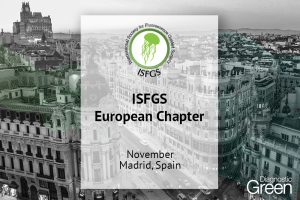Purpose: The stomach is the most common organ which is used for reconstruction after esophagectomy for esophageal cancer. It is controversial which is better narrow gastric tube reconstruction or whole stomach reconstruction to prevent anastomotic leakage.
Results: Narrow gastric tube reconstruction and whole stomach reconstruction were performed in 183 patients and 20 patients, respectively. The patient’s characteristics were not significantly different between the narrow gastric tube group and the whole stomach group. In particular, for all patients in the whole stomach reconstruction group, retrosternal route and esophagogastrostomy by hand sewn were applied. There were no occurrences of AL through the continuous 20 cases in the whole stomach group, otherwise 42 (22.9%) patients in the narrow gastric group (P = 0.016). Postoperative hospital stays were significantly shorter in the whole stomach group than in the narrow gastric group (21 days vs. 28 days, P < .001). Blood perfusions were evaluated by indocyanine green for all cases, which had very good blood perfusion in all cases. Additionally, quantitative blood perfusion was examined by SPY-QP (Stryker, USA) for one case. Even the edge of the fornix showed more than 90% blood perfusion levels when the antrum was fixed as the reference point.
Conclusion: Whole stomach reconstruction with excellent blood perfusion is considered to be safe and has the possibility to prevent from occurring AL after esophagectomy for esophageal cancer patients.




